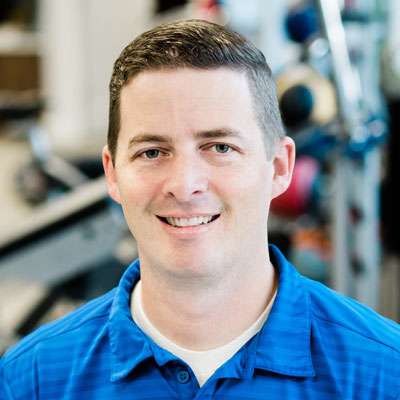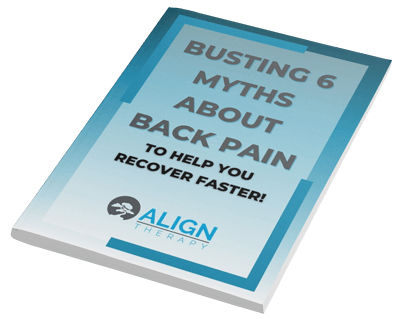What is the difference between the Schroth Method and SEAS Approach?
In my physical therapy clinic in Lehi, Utah, we see more scoliosis than anyone else in the state. And, I am not just saying that! Since opening in Lehi in 2015, we have specialized in the treatment of scoliosis and spinal deformities.
Two of the methods we use to treat scoliosis are the Schroth Method and the SEAS Approach. Both have benefits, and both have limitations. In this blog post, I am going to try to describe those differences so you can decide which one might be best for you.
To be honest, many times I will use principles from both when I work with patients, but not always.
So, here goes….
Where did they come from?
The Schroth Method was developed in the 1920’s, in Germany, by a woman named Katarina Schroth. She had scoliosis and found certain motions and exercises reduced her pain and the look of her scoliosis. She began teaching these techniques to others.
Since then, The Schroth Method has been modified and changed according to current research. The principles are still the same, but the techniques and how it is performed in the clinic has changed.
The SEAS Approach, on the other hand, is a bit newer. It was developed by Antonio Negrini and Nivea Verzini in the 1960’s. Initially, it was based mostly on the Lyon Method, and then made changes of its own. It is currently the treatment method of ISICO (Italian Scientific Spine Institute) and is taught around the world.
Its actual name is the Scientific Exercise Approach to Scoliosis.
Which has more support in the research?
Now, this is one thing I looked at heavily before deciding what method to use in my clinic. When I opened in 2015, I decided to get certified in The Schroth Method, because there was significantly more research out there on this method.
A quick PubMed search of articles relating to “Schroth Method Scoliosis” yields 87 results. Not all of these are completely relevant, but this is quite a bit. The first article was published in 1976.
A PubMed search of “SEAS Approach Scoliosis” yields 19 results. Quite a bit less than the Schroth Method, with most being done by ISICO. The first study to show up was in 2006.
As far as support for these methods in the literature, there are varying degrees and an in-depth review would go well beyond the scope of this blog post. We will be adding a research page on our website to go over research specifically, so check back. It will be under the resources tab.
Most of the articles that have been published have shown a significant benefit with both approaches over just core strengthening, general PT, or doing nothing. There is clearly a benefit but it is somewhat variable.
How are they different in practice?
There are many similarities and many differences to these two treatment techniques. The underlying principle is the same…correct the scoliosis posture. How they get there is the difference.
In the Schroth Method, specific positions are used to encourage and facilitate different muscles to be more active. These positions are very specific with the use of external equipment to aid the patient to perform them correctly.
Breathing corrections are a large focus during Schroth training and the idea is to breathe into the concavity and derotate the spine. This breathing technique is also integral for bracing using this method.
During treatment, the Schroth Method is to be performed daily for 20-30 minutes. The same exercises are performed in the same way to elicit the best correction.
In the SEAS Approach, first, you build an awareness of the scoliosis posture. Then, you use specific movements to correct each curve. Most of the time there is only one motion used in each plane, even with two curves. This means rotation is only focused on one curve and not both in 2 curve scoliosis.
Then, these correction movements are challenged with the use of movement or functional activities. For example, once a patient can self-correct, they are “challenged” in maintaining this correction while they go from sitting to standing or leaning forward.
The challenges become more difficult as the patient is able to perform them with postural correction. They then perform these daily for 10-15 minutes per day.
The SEAS Approach also has a strong emphasis on bracing.
Who is appropriate for each method?
I definitely find both methods can be appropriate for most patients. With that said, I do use them for specific populations.
The SEAS Approach is easier to understand for most patients and I feel it is a good method for younger patients because of this. The corrections are simpler and are not as overwhelming.
The Schroth Method is more complex but also addresses all of the planes of deformity. This is a strength for those patients who can coordinate the corrections and do them well at home.
As patients become more advanced in their corrections, I usually switch to the SEAS Approach to allow them to hold some correction while doing higher-level activities. The Schroth Method is a little limited in dynamic correction.
In actual treatment, I use them both with most patients…just at different stages of treatment.
In summary, here are the pros and cons….in my opinion.
Schroth Method
Pros:
- Comprehensive Correction
- More Research Backed
- Specific Structure
- Many Providers
Cons:
- Complex
- Not as Dynamic
- Challenging for Younger Patients
SEAS Approach
Pros:
- Corrections are Easier to Learn
- Dynamic Corrections
- Great for Younger Patients
Cons:
- Not as Researched
- Limited Correction in 3D
- Less Specific
Both the Schroth Method and the SEAS Approach are great options for conservative scoliosis treatment. Both have been around for many years and have been researched.
The best takeaway from studying these methods is seeing how they are both superior to doing nothing or doing general physical therapy, as a treatment method.
The bottom line, don’t just “wait and see” if the curve gets worse. Find a Physical Therapist who is trained in a specific method of treating scoliosis, and be proactive.
If you have any specific questions about either the Schroth Method, or SEAS Approach, or even about scoliosis, please leave a comment or even email me at david@aligntherapyutah.com.
Sincerely,
David Butler, Physical Therapist



